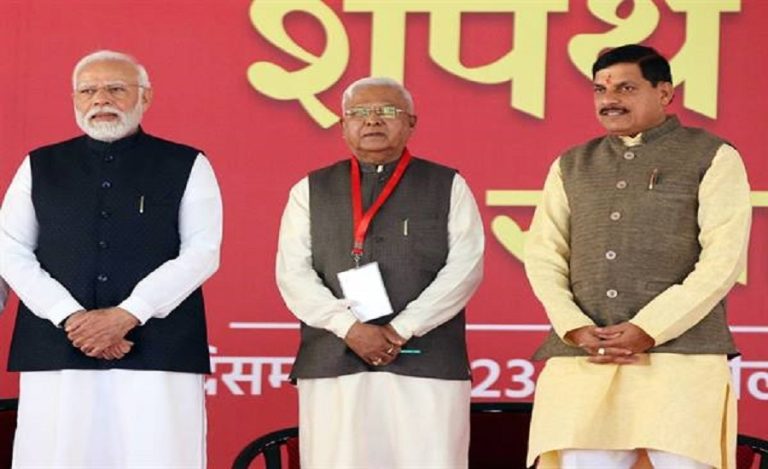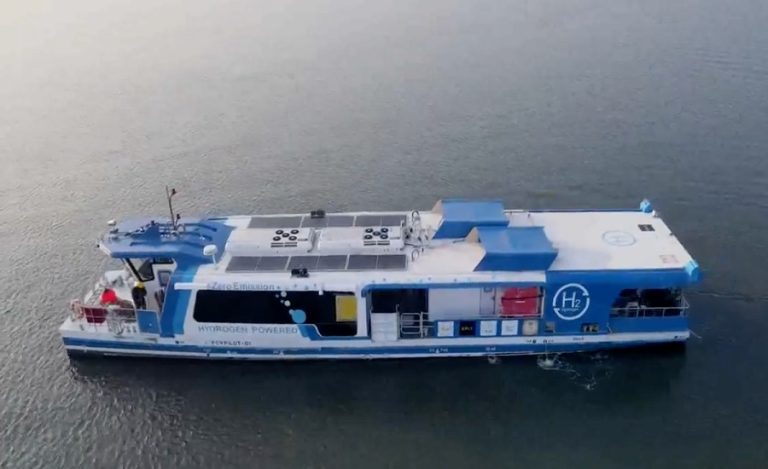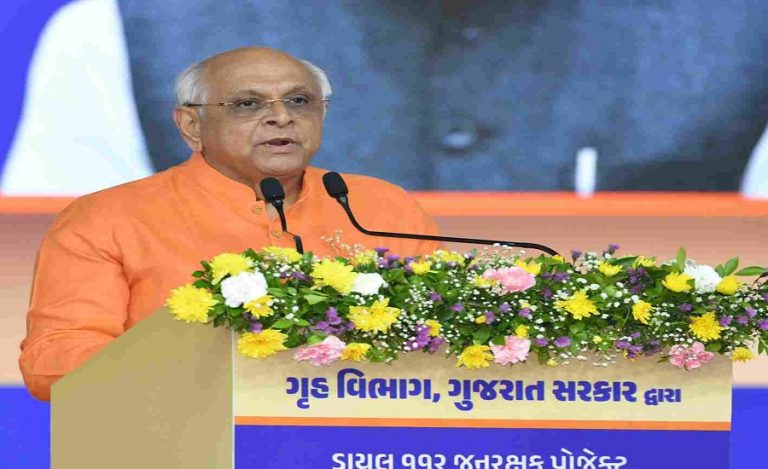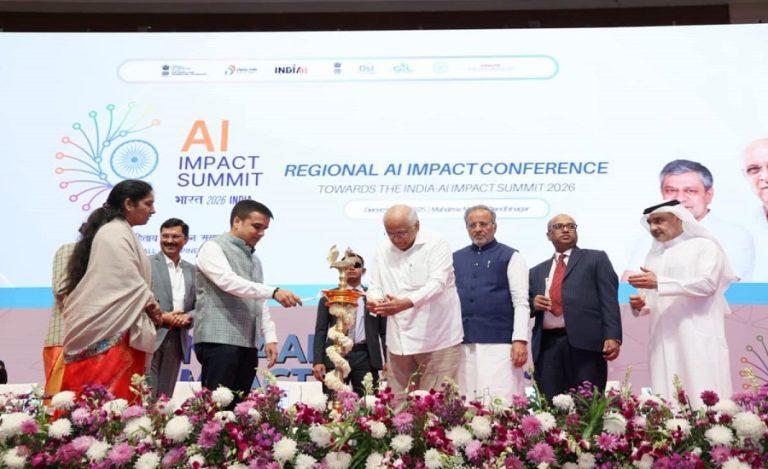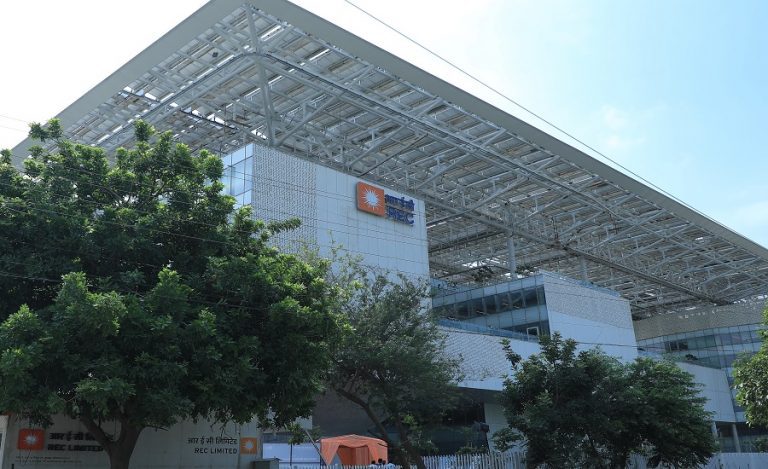New Delhi: The Indian Air Force (IAF) has taken a decisive step in strengthening its electronic-warfare (EW) edge by issuing a Request for Information (RFI) for 100 advanced self-protection jammer (ASPJ) pods to be integrated with its fleet of Su‑30MKI fighters.
This procurement is aligned with India’s “Make in India” push and intended to support the broader “Super Sukhoi” upgrade programme of the Su-30MKI fleet.
What Exactly Are IAF ASPJ Pods?
→ The IAF ASPJ pods are external self-protection systems that help detect, identify and neutralise enemy radars and radar-guided missiles.
→ These pods are expected to use Digital Radio Frequency Memory (DRFM) technology—this means instead of merely “drowning” enemy radar with noise, they record incoming radar signals, modify and retransmit them to confuse the adversary’s sensor or missile track.
→ They will also incorporate Gallium Nitride (GaN)-based Active Electronically Scanned Array (AESA) transmitters for higher power efficiency, faster beam steering and better thermal performance.
→ The system will provide 360-degree threat coverage, a key requirement in modern contested airspace.
Read Also: India’s Shield in the Sky — DRDO SRK EW Suite Brings Unmatched Protection for Tejas Mk1A
Deadline: The RFI mandates a delivery timeline of 36 months from contract signing, indicating urgency for faster integration.
Role of IAF ASPJ pods in the Super Sukhoi Upgrade
The Su-30MKI fleet forms the backbone of IAF’s combat air power. The “Super Sukhoi” upgrade seeks to enhance these jets into a 4.5-generation platform, extending their service life and sharpening their combat relevance.
=> Key upgrade features include:
- Replacing the legacy N011M Bars PESA radar with an Indian-developed GaN-based AESA radar (codenamed “Virupaksha”).
- Integrating digital cockpits, new beyond-visual-range missiles, and a full EW suite (of which ASPJ pods are a part).
- With this, the Su-30MKI fleet’s operational life is projected to be extended by up to 20 years.
Thus, the procurement of these jammer pods is not a stand-alone buy but a strategic enabler within a broader transformation agenda.
Indigenous Manufacturing & Industry Impact
India is emphasising domestic defence manufacturing and technology transfer. The RFI mentions a minimum 50% indigenous content for the system.
=> Potential industry players include:
- Bharat Electronics Limited (BEL) – a major PSU in defence electronics
- Defence Avionics Research Establishment (DARE) under Defence Research and Development Organisation (DRDO)
- Private firms are also gearing up for EW system integration.
This buy will bolster the Indian EW supply chain, enhance self-reliance and potentially position exports in the future.
Strategic Implications of IAF ASPJ Pods
For India’s air dominance: Enhanced survivability of Su-30MKI jets means greater confidence in high-threat zones (border areas, maritime theatres, air defence dense environments).
For deterrence: The move signals to neighbouring adversaries that India is stepping up its EW posture—making it harder to engage Indian air assets with conventional radar or missile threats.
For cost-effectiveness: Upgrading existing jets is more economical than procuring an entirely new fleet in the immediate term; this extends capability while keeping budgets in check.
Read Also: AI-Powered Precision: Tejas MK-2 to Feature India’s First Triple-Computer Architecture
For future platforms: Systems developed here may migrate into other fighters (e.g., Tejas Mk-1A/Mk-2, AMCA) and thus build scale.
What’s Next & Watch-Points
- How soon will the RFI translate into a formal Request for Proposal (RFP) and then contract award?
- Which industrial players or consortiums will win the design/manufacture orders?
- After manufacture, integration on Su-30MKI and live trials will determine the induction date.
- Will this EW suite be exported or offered to other friendly nations?
- Will neighbours accelerate their air-defence or missile acquisition in response?


